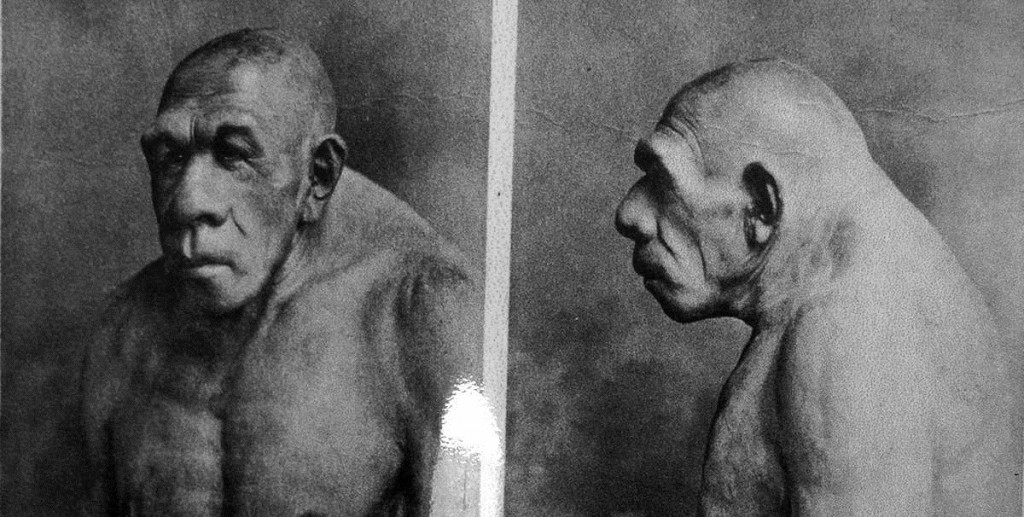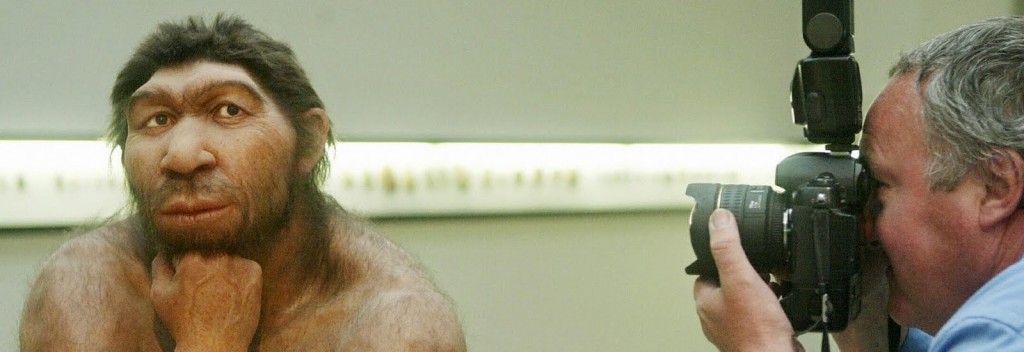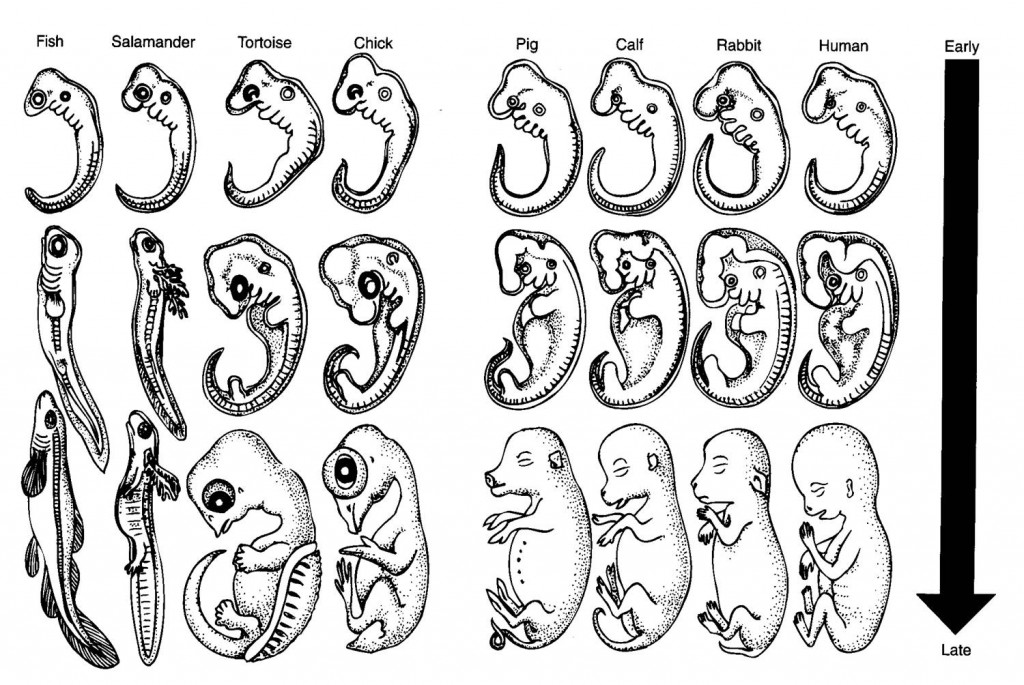Evolution & Vestigial Organs In Humans
Evolution is still a theory, that’s true. Whether the moon travels around the earth is also still technically a theory. When you say “theory” in a scientific context it doesn’t mean “wild stab in the dark”, it means it’s a very good idea that’s been shown to work under lots of circumstances and in loads of different ways. It’s not like when you say “my theory is that Spurs will win the Global Sports Cup” – that’s guesswork. A theory in the scientific sense means not just an idea, but something with some weight behind it and some thorough evidence. For a theory to remain as popular and largely unchallenged as evolution means that it’s incredibly solid.
Oftentimes anti-evolutioners will bring up the fact that evolutionary scientists still argue about how evolution panned out. That’s true, we don’t have all of the answers, and the whole idea of science is that you constantly test theories and discuss how they can be bettered or even possibly overturned. Arguments between evolutionary scientists, however, are about the mechanisms of evolution and it’s timescales, not whether or not it happened at all.
This post sets out to mention a few vestigial organs, or evolutionary left-overs. They aren’t evidence for evolution on their own, but they’re yet another stitch in the tapestry of life. Before we crack on, I thought it might be nice to summarise some of the lines of evidence we already have for evolution:
1) The Fossil Record
Often touted as being an incomplete record with loads of gaps and no “missing links”, the fossil record is in fact truly amazing. Not every animal that dies is fossilised, it takes pretty special circumstances for it to take place, and the fact that we have so many species and so many “missing links” is testament in itself. Whole family trees can be written in the bones.
2) Homologies
Homologies are the similarities between species. It’s easy for us to go “wow, look at the variation in life” and that certainly is a fair comment. But when you stop to think you realise that variation between animals is kind of skin deep to a certain extent.
For instance, all mammal hair is made of the same stuff, all mammal skin works in a similar way. Every single living thing has DNA coded in the same kind of way using similar sorts of mechanisms. There are molecules in plants that are also found in humans and insects and reptiles (e.g. cryptochrome). We’re not so different after all, roundworms share 25% of their genome with humans.
All higher animals have two eyes, one head, four limbs, hair, one nose, bones, stomachs, hearts… You get my point.
3) Carbon Dating / Rock Sediment
People often worry that carbon dating and using strata in rocks aren’t 100% accurate, and they aren’t. That’s a fact, there’s always areas of doubt when delving backwards so far. But carbon dating agrees with what’s found in geological strata and tree ring studies. All of the strings line up and match with a wonderful degree of accuracy. What they find is that less complex animals came first and then gradually over time more and more complex critters evolved.
4) Embryology
Nowadays embryology isn’t considered particularly strong evidence for evolution, but it’s still worth a mention. The embryo of a chick, or a whale, or a human or a sloth all start off in startlingly similar ways. It doesn’t really count as proof, but it’s just another lovely description of how species have solved the same sorts of problems in the same sorts of ways with the same sorts of tools.
5) Geographical Distribution
Animals evolved in a similar way initially, but then once they were on land, and that land they stood on split apart and separated, things got interesting. Animals from one part of the world developed in different ways to those in other parts of the world. For instance, you pretty much only get marsupials in Australasia because it split from the rest of Gondwanaland so early on.
Places like Madagascar and Sri Lanka have been island nations for an incredibly long time and as such, their flora and fauna are more distinct than say Europe, where we’ve been attached to each other for ever. New Zealand’s birds all evolved to live on the ground because they had no mammals around to eat them.
The Galapagos islands that helped Darwin crystallize his theory of evolution showed him a great deal. The Galapagos are a string of islands miles from anywhere, they’re even miles away from each other. The animals there are different, and even the animals on different islands have become specialised for the slightly different challenges that each island presents.
The five points above aren’t the only lines of evidence for evolution of course, but it gives you a general feel for the vast array of strings that make up the bow of evolutionary theory.
And now on with the task at hand. What have you got in you that points back to our distant cousins?..

























